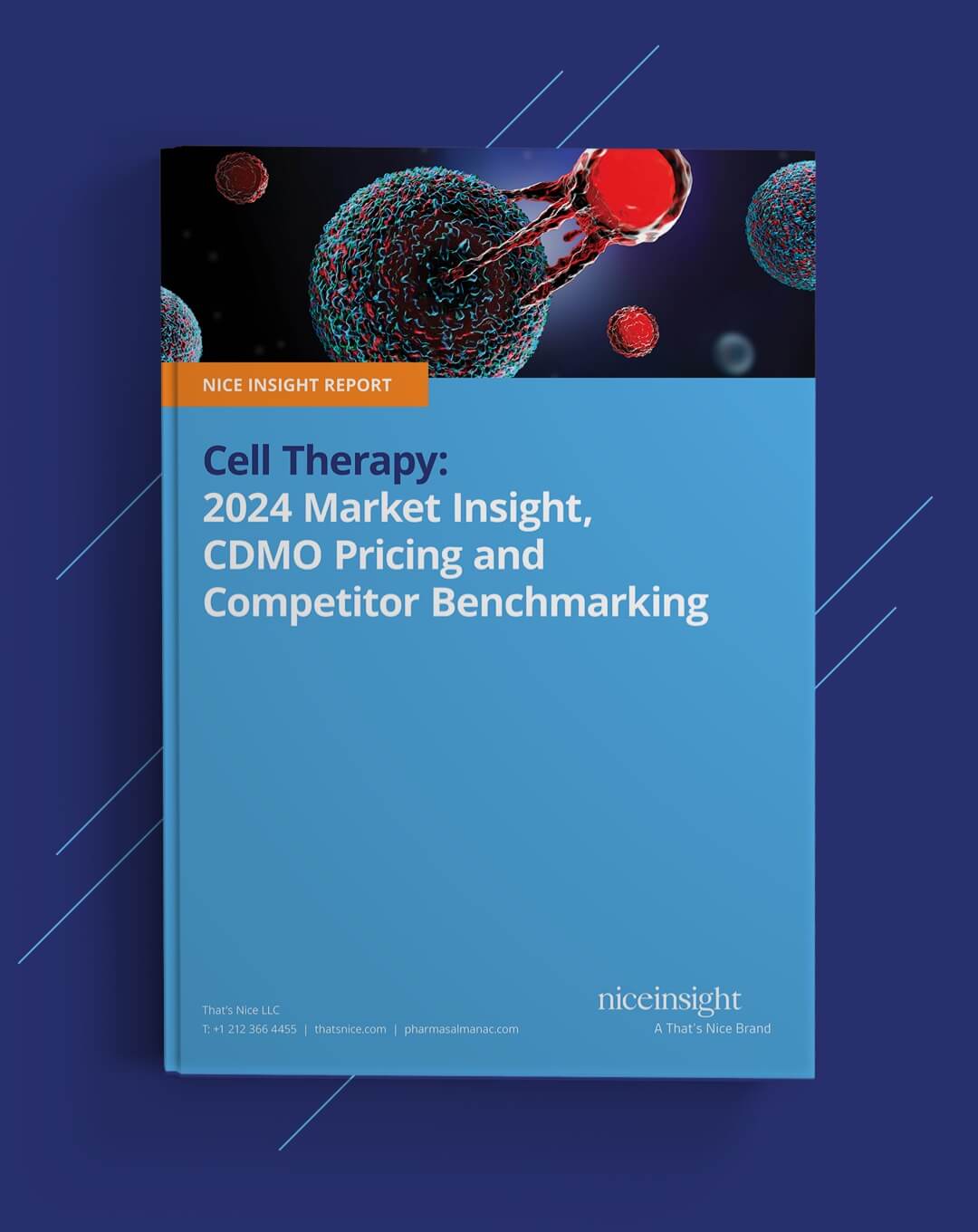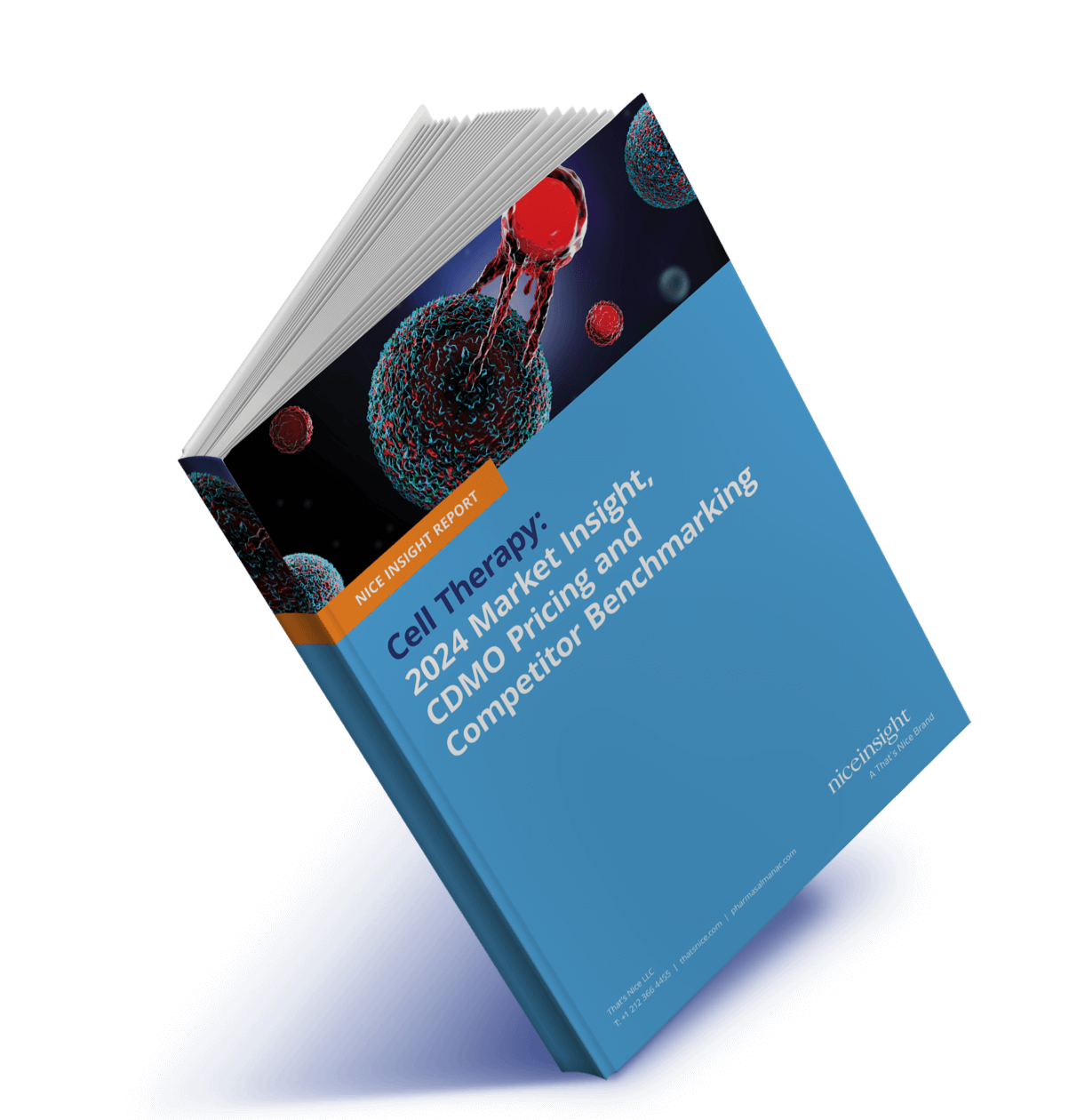

Measure your business against your peers using our robust analysis of the cell therapy contract development and manufacturing market. Our pricing matrix comprises material cost, infrastructure and development process data from CDMOs all over the world so you can make informed decisions to best position your business.
The 2024 Market Insight report provides in-depth research into the current state of applications, development, and manufacturing of cell therapies, including allogeneic and autologous cell therapies. We provide you with essential information from innovators, CDMO owners, PhDs and researchers across advanced therapeutics to fully understand cell therapies' role in the future of healthcare.

